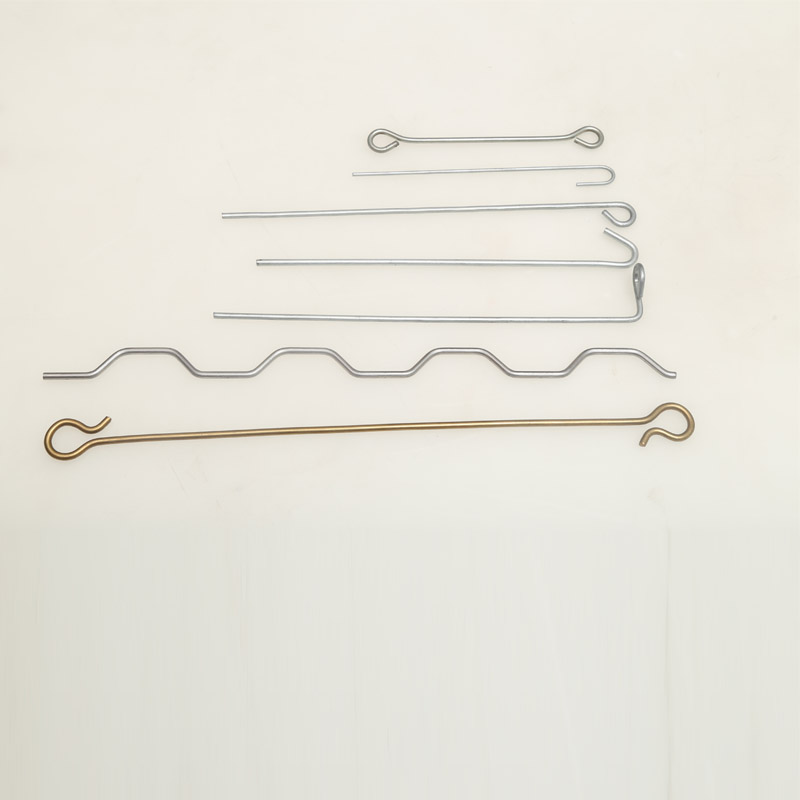
- Mobile Phone
- +8613931874955
- sales@cntcmetal.com
Understanding the Mechanics of Conical Extension Springs and Their Applications
Exploring Conical Extension Springs Design and Functionality
Conical extension springs are unique mechanical components that provide flexibility and strength in various applications across numerous industries. Designed in a conical shape, these springs are distinct from traditional cylindrical extension springs, offering specific advantages in terms of space constraint and performance in certain scenarios.
Understanding the Structure
The structure of a conical extension spring allows for a gradual change in the coil diameter. The larger diameter at one end tapers into a smaller diameter at the other, resembling a cone. This design enables the spring to achieve a more compact form factor, making it ideal in situations where space is at a premium. The tapering shape not only conserves space but also allows for a unique distribution of stress along the coil, providing optimal performance under tension.
Applications of Conical Extension Springs
Conical extension springs are utilized in various applications, including automotive, aerospace, industrial machinery, and consumer electronics. In the automotive industry, for example, these springs play an essential role in suspension systems, where they help absorb shocks and maintain vehicle stability. Their ability to compress and extend under varying loads makes them pivotal in ensuring a smooth ride.
In the aerospace sector, where every gram matters, the compact design of conical extension springs proves beneficial. These springs can be found in mechanisms such as landing gear, where reliability and performance are critical for safety. Similarly, in industrial machinery, they are often used in assembly lines and manufacturing equipment, providing the necessary force for parts to move smoothly.
Consumer electronics also benefit from the use of conical extension springs
. They can be found in devices such as smartphones and laptops, where they assist in the function of hinges and other moving parts, ensuring durability and ease of use.conical extension spring

Advantages of Conical Extension Springs
One of the primary advantages of conical extension springs is their ability to handle varying loads while maintaining consistent performance. The tapered design allows for better stress distribution, which enhances the longevity and reliability of the spring. Additionally, because they occupy less space than traditional springs, manufacturers can design more compact products without compromising functionality.
Another significant benefit is the ability to customize these springs based on specific application requirements. Engineers can manipulate factors such as wire diameter, coil pitch, and material composition to create a spring that perfectly fits the needs of their design. This level of customization is particularly valuable in industries where unique specifications are common.
Material Considerations
The selection of materials for the production of conical extension springs is crucial for ensuring their performance and durability. Common materials include stainless steel, carbon steel, and other alloys that provide high tensile strength and resistance to wear and fatigue. The choice of material ultimately depends on the operating environment and application requirements.
Conclusion
In summary, conical extension springs represent an innovative solution for various engineering challenges. Their unique shape allows for compact design and high performance, making them suitable for a wide range of applications from automotive to aerospace and consumer electronics. The ability to customize these springs based on specific performance criteria further enhances their appeal, ensuring that they meet the rigorous demands of modern engineering. As technology continues to evolve, the role of conical extension springs will likely become even more significant in the quest for efficient and space-saving solutions.
share:
-
Wall Ties for Concrete: Invisible Guardians of Building Structural StabilityNewsAug.08,2025
-
Timber Frame Wall Ties: Stable Bonds for Load TransmissionNewsAug.08,2025
-
Stainless Steel Woven Wire Mesh: A versatile material from boundary protection to functional supportNewsAug.08,2025
-
Powder Coat Coil Springs: Creating peace of mind and reliability with sturdy protectionNewsAug.08,2025
-
Floor Standing Sign Holder: A Powerful Assistant for Flexible DisplayNewsAug.08,2025
-
Binding Iron Wire: An Invisible Bond for Building StabilityNewsAug.08,2025
-
Yard Sign Stakes: Reliable Guardians of Outdoor SignsNewsAug.04,2025



















